Forget Clinton’s and Trump’s Plans for the Economy: It’s Time to Erase Debt and Create Jobs
More than 100 years ago, Congress surrendered the power to create money to private banks. If we take it back, we can extinguish debt, rebuild public infrastructure and propel the economy forward like a rocket.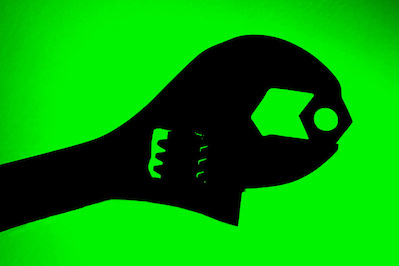 Ozzy Delaney / CC-BY-2.0
Ozzy Delaney / CC-BY-2.0
By Mike Krauss
So far, neither Donald Trump nor Hillary Clinton has offered a credible plan to restart the long-stalled U.S. economy.
Trump favors lowering taxes to spur demand, a reduction in the supply of illegal foreign labor to boost wages, and modifying trade policy to encourage investment in U.S. manufacturing and create better-paying jobs. He also touts an unspecified infrastructure investment. Some argue that this approach will not provide jobs in the magnitude required, and will likely increase the federal deficit.
Clinton favors higher taxes on the wealthy and more spending for infrastructure. To keep the debt off the federal government balance sheet, she has specifically proposed so-called public-private partnerships. This is the Wall Street solution. Public guarantees will be used to attract private investors, who will finance, own and rent back to the people the entire public infrastructure of the United States.
Neither program gets at the real problems: Americans—families, students, businesses, state and local governments, school districts, etc.—are drowning in debt, and there is not enough money in circulation for productive, job-creating purposes. Instead, it is eaten up paying off debt.
There is an alternative. The U.S. Treasury has the power to extinguish debt, rebuild publicly owned infrastructure and propel the economy forward like a rocket. It is the power to create the nation’s supply of money, which Congress surrendered to the private banks that own the Federal Reserve upon the Fed’s creation in 1913. It’s time to take that power back.
First, the Treasury can extend about $3 trillion (roughly the total of all U.S. state and municipal debt) in almost zero-interest loans to state and local governments and school districts to pay off debt. This would immediately reduce the debt service taxpayers pay and dramatically redirect local taxes away from Wall Street to Main Street.
Second, the Treasury can extend another $3 trillion on the same terms to state and local governments for infrastructure projects. Millions can be put to work on the job site and in the supply chain of goods and services.
Third, the Treasury can partner with state-chartered public banks, community banks and credit unions to buy up and refinance at far lower interest the estimated $1 trillion of student debt. Then, going forward, it can offer truly affordable credit for higher education for every American, taking care to prevent colleges and universities from eating up that money in higher tuition costs.
This proposal is similar to—but more far-reaching than—the action taken by President Lincoln during the Civil War, when to bypass that era’s banksters and the usurious interest they extracted to finance the war, he had the Treasury issue $450 million of greenbacks.
That $450 million in 1864 is equal to roughly $6.4 trillion in today’s dollars.
In 1999, then-Republican Congressman and later U.S. Transportation Secretary Ray LaHood proposed something similar in the State and Local Government Economic Empowerment Act: $360 billion, interest-free, for infrastructure. But that sum was too little then and is hopelessly inadequate now. And it would have done nothing to ease the debt burden that keeps Americans in virtual servitude to the world’s financial cartel.
The terms of the Treasury credit I propose might be 1.5 percent, simple and not compound interest (the latter includes interest on interest), over 20 years [LaHood proposed no interest over five years]. The Treasury can be repaid easily by an elimination of debt-service costs, an explosion of wealth-generating productivity, the growth of tax receipts at all levels of government and the future employment of well-educated young people.
The Treasury can create this new money directly, bypassing the Federal Reserve and cutting out the bankster middlemen and their usurious interest charges.
This is what Japan is now proposing to do, with an initial infusion of $100 billion, and it is what the Fed could have done when Wall Street crashed in 2008. Instead, officials pumped an estimated $17 trillion to $20 trillion in quantitative easing into Wall Street, in which the new money was swapped for assets in the reserve accounts of banks, leaving liquidity trapped in bank balance sheets and doing nothing for Main Street.
Debt relief for the American people and millions of new jobs funded from the Treasury they own—not the bank-owned Fed—would drive an explosion of growth in the private sector—the “multiplier effect” that Congress and the Fed promised when they bailed out Wall Street but which never materialized.
New money for productive purposes—debt-free for Main Street rather than more debt to Wall Street—is the way out of the Wall Street web of debt in which America is ensnared and back toward financial health and prosperity. But Americans must force Congress to act.
Mike Krauss is a founder of the Public Banking Institute and chair of the Pennsylvania Project, which supports government finance reform and the creation of public banks.
Your support matters…Independent journalism is under threat and overshadowed by heavily funded mainstream media.
You can help level the playing field. Become a member.
Your tax-deductible contribution keeps us digging beneath the headlines to give you thought-provoking, investigative reporting and analysis that unearths what's really happening- without compromise.
Give today to support our courageous, independent journalists.

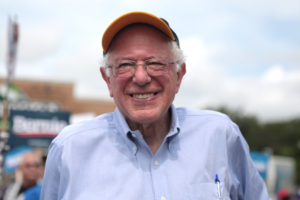
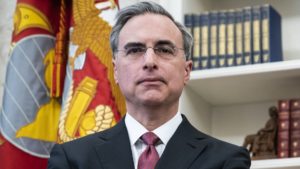
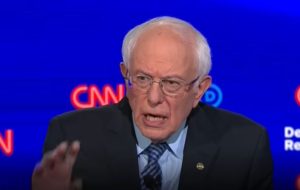

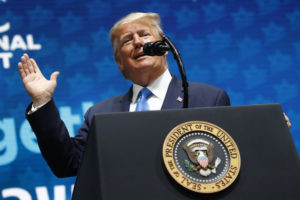



You need to be a supporter to comment.
There are currently no responses to this article.
Be the first to respond.